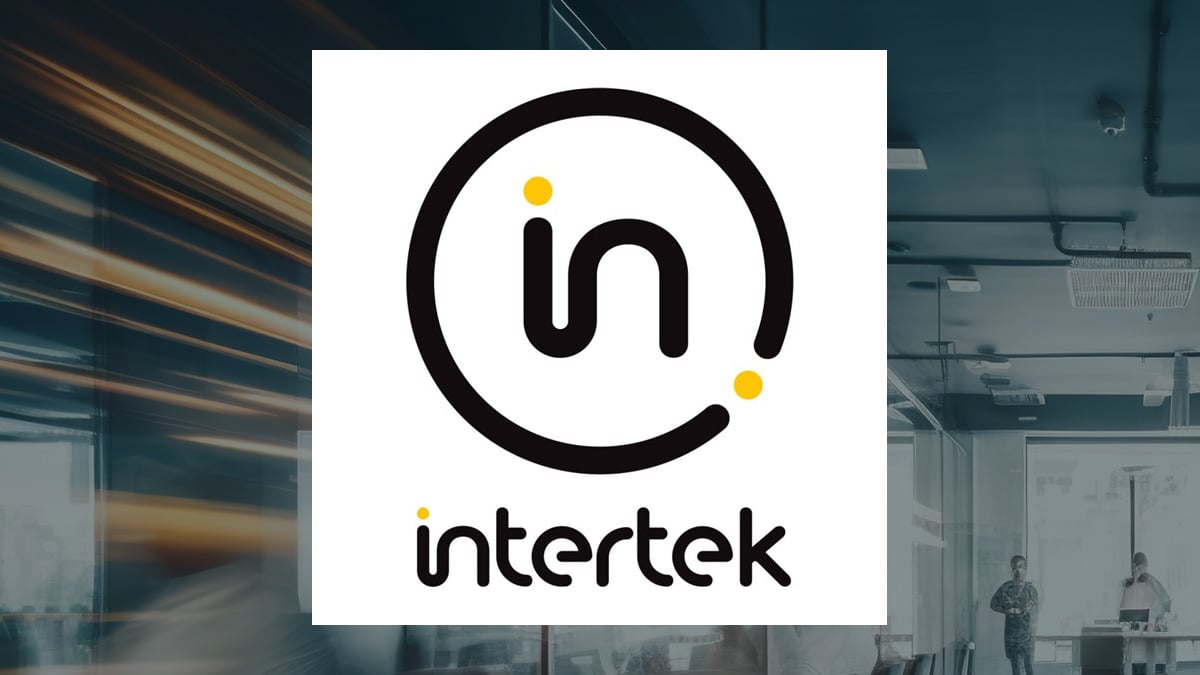Big Banks Invest Heavily in AI: Returns and Risks Unfold

Bank of America Corp. has made significant strides in artificial intelligence through its chatbot, Erica, which was launched in 2016. With advancements over the years, Erica now manages approximately 2 million customer interactions daily, a task that would traditionally require around 11,000 employees. While these developments showcase the bank’s commitment to technology, they also raise important questions regarding the financial implications of such investments.
The bank’s technology spending has reached nearly $120 billion over the past decade. Last year alone, its technology budget totaled $12 billion, with $4 billion allocated specifically for development initiatives, including enhancements to Erica and the creation of new applications. This substantial investment comes alongside an additional $8 billion dedicated to maintaining existing systems. Investors and analysts have increasingly scrutinized these expenditures, seeking clarity on the returns generated from such massive financial outlays.
Evaluating Financial Returns
As the conversation around AI continues to evolve, some insights into the effectiveness of these investments are beginning to surface. However, the information available remains somewhat limited. Despite the impressive metrics associated with Erica’s performance, the bank faces challenges in demonstrating a direct correlation between its technology spending and tangible financial benefits.
A critical aspect of this discussion is the competitive landscape among major financial institutions. As more banks adopt AI technologies, the pressure to deliver measurable results increases. The need for transparency regarding the efficacy of these investments is more crucial than ever, particularly as investors demand accountability for their financial commitments.
It is also important to highlight two significant warnings associated with this narrative. First, while AI can enhance efficiency and reduce operational costs, it does not eliminate the risks tied to technological dependence. Banks must navigate the complexities of maintaining and securing such systems, especially as cyber threats become more sophisticated.
Second, the fast-paced nature of technological advancement means that what appears to be a cutting-edge solution today could quickly become obsolete. Banks like Bank of America must remain agile and continuously innovate to stay ahead of competitors who are also investing in AI capabilities.
The Road Ahead for AI in Banking
Moving forward, the focus will likely shift towards not only refining existing technologies but also exploring new avenues for AI applications. Financial institutions will need to balance their investments while ensuring that they can demonstrate clear benefits to stakeholders. As AI technology continues to integrate into the banking sector, understanding the broader implications will be essential for both banks and their clients.
In conclusion, while Bank of America has made substantial investments in AI that have begun to show returns, the path ahead is fraught with challenges. The dialogue surrounding these technologies will remain pivotal as banks navigate a rapidly changing financial landscape, balancing innovation with risk management.






